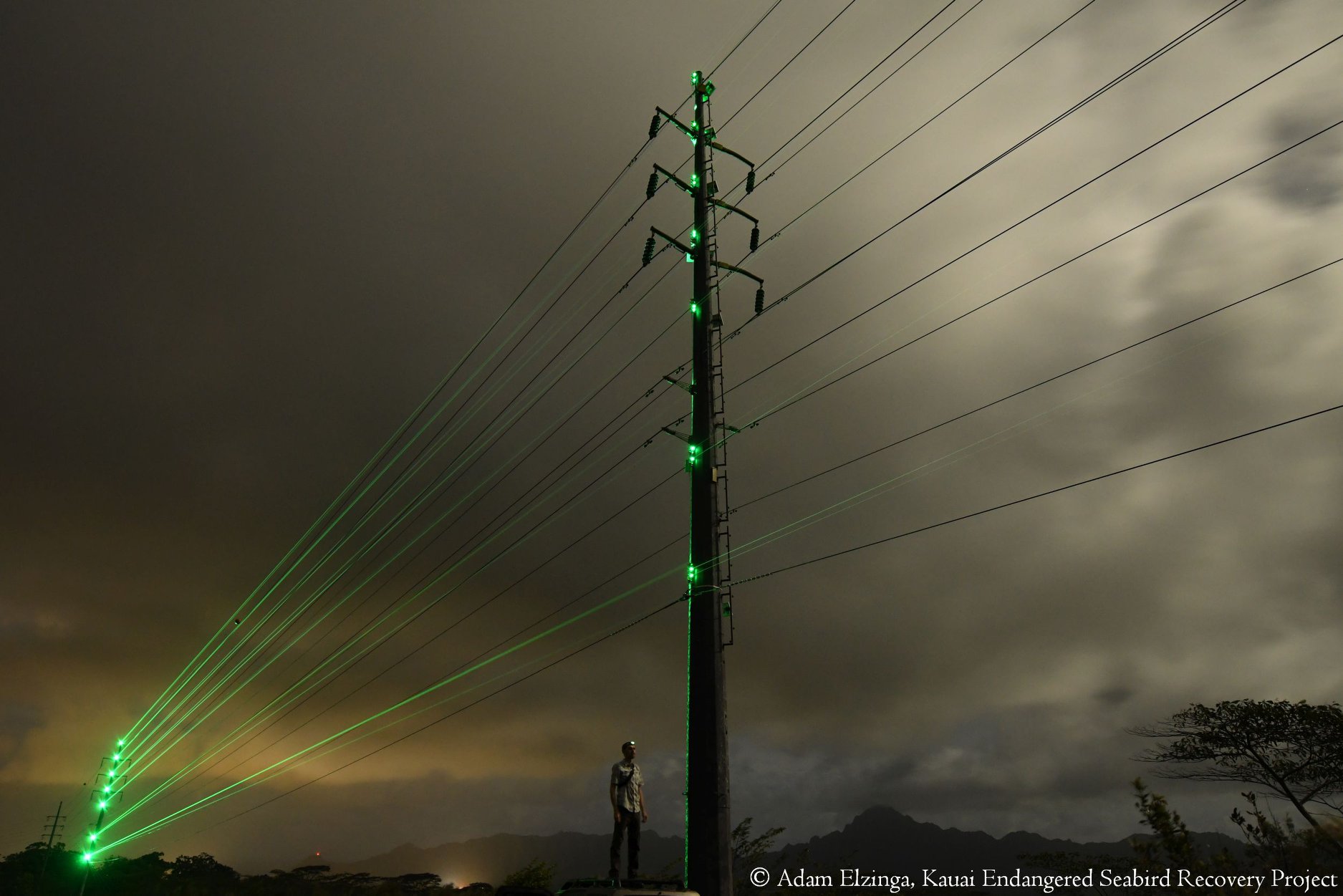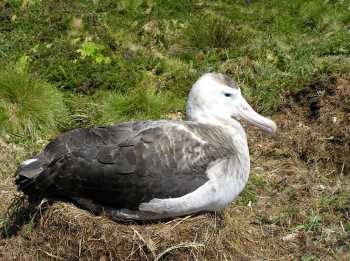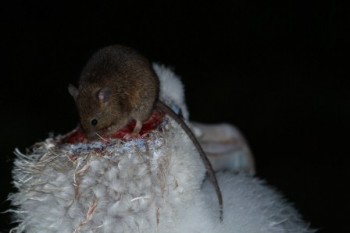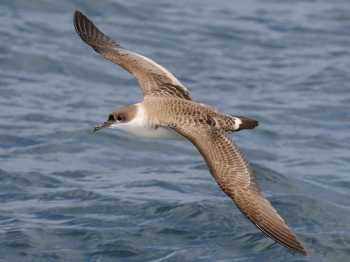Yuri Artukhin (Far East Branch, Pacific Geographical Institute, Vladivostok, Russia) and colleagues have published in Russian on mortality of Short-tailed Shearwaters Ardenna tenuirostris (Least Concern) and other marine life in Japanese and Russian driftnet fisheries. It appears the book was originally published in 2010 but has been made available online this month with an English abstract.

Short-tailed Shearwater at sea, photograph by Kirk Zufelt
A description of the book follows:
“The origins and development of the salmon driftnet fishery in the northwest Pacific are described. The scope of the modern gillnet fishery in the Russian Exclusive Economic Zone (EEZ), as well as its research and monitoring programs. Gillnet fishery methods in the Russian EEZ and the monitoring effort by commercial Japanese and scientific Russian leets are described. Marine bird and mammal by-catch data collected during the large scale salmon fishery from the 1990s through the early 2000s are summarized in detail. Species composition and seasonal, interannual and geographic variation in by-catch mortality are analyzed. Estimates of bird and mammal mortality in gillnets are presented and the potential effect of the fishery on populations is discussed. Global measures to mitigate gillnet by-catch are presented, as is the potential of implementing some of these measures in Russian waters.”
Click here to access the book’s long English abstract.
Reference:
Yuri B. Artukhin, Y.B., Burkanov, V.N. & Nikulin, V.S. 2010 [2018]. Accidental by-catch of marine birds and mammals in the salmon gillnet fishery in the northwestern Pacific Ocean. Moscow: Skorost' Tsveta. 264 pp.
John Cooper, ACAP Information Officer, 30 August 2018

 English
English  Français
Français  Español
Español 


